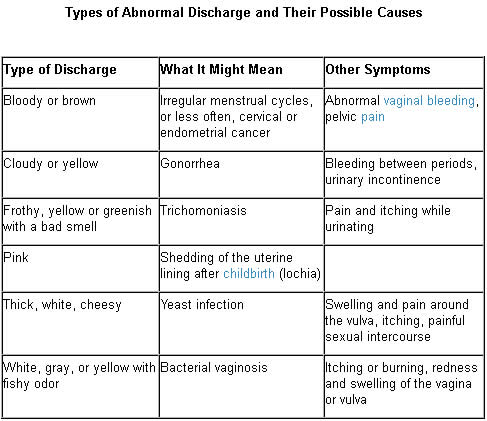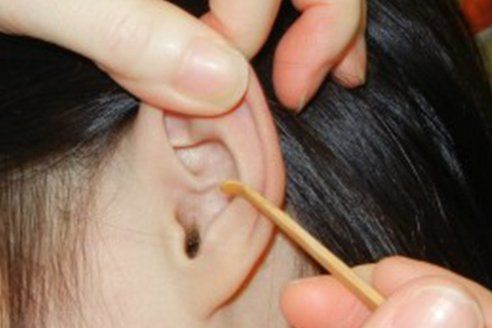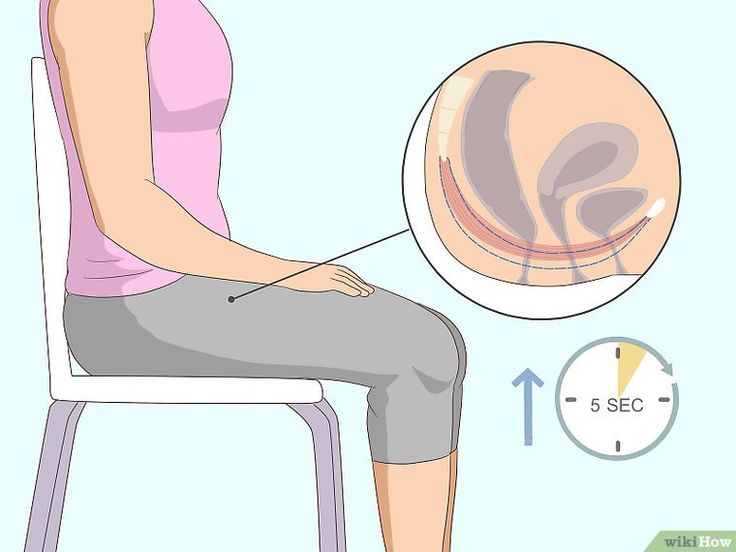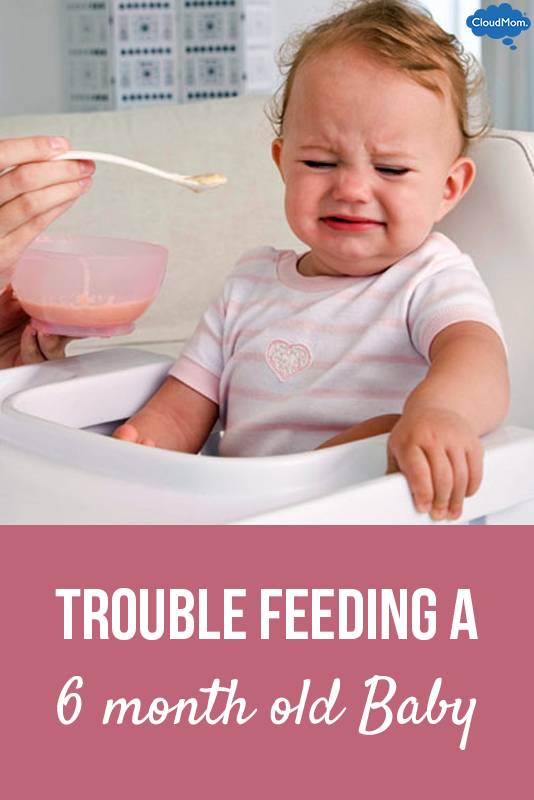Who were the first twins
Twins in the Ancient World
The first twins in the Bible were Jacob and his fraternal twin Esau. They were born around the late 1990’s BC to Abraham’s son Isaac and his 2nd cousin Rebekah. Before the twins were born, “the babies struggled together within” Rebekah’s womb. (Genesis 25:21-34) When they were born, Esau came out first and Jacob came out grasping Esau’s heel. “Jacob” means “the supplanter,” and Jacob did over the years take away Esau’s primogenitor rights as the first born.
Drawing by Eucharius Rosslin, c. 1513, Zurich, illustrates how Rosslin thought some twins were positioned in the womb. Maybe that’s how Jacob and Esau were positioned?It did not help the brothers’ innate hostility to each other that their mother Rebekah preferred Jacob and Esau was the favorite son of Isaac. Esau, who fathered the Arabs, and Jacob, who fathered the Jews, were always “struggling” together as they are 4,000 years later in our day.
A London medical study video showing twins fighting for room in womb
Castor & PolluxIn Greek mythology the twins Castor and Pollux were so inseparable that when mortal Castor was killed, Pollux asked his father Zeus to let Castor share his own immortality. Zeus granted his son that wish and they were both changed into the constellation in the night sky known as Gemini, Latin for “twins.” The immortal king of the gods, Zeus had disguised himself as a swan and raped their mother Leda. Apparently at the same time Leda had sex with Tyndareus, the mortal king of Sparta. The boys, one immortal (Pollux) and the other mortal (Castor), emerged from one egg, so they were identical twins. We are talking “myth,” meaning “anything delivered by word of mouth” here, readers.
Aristotle (384-322 BC) said multiple births are praeter naturam, “outside nature’s normal course. ”
”In the United States 2% of births were twins from 1915 to 1981. Beginning in 1995 the percentage of twin birth rates began to increase until in 2010 the birth rates of twins had jumped to 3.3%, over a million more sets of twins born yearly than in the years 1915-1981. The cause—the growing use of reproductive technology. The highest birth rate of twins in the world, unassisted by reproductive technology, is in the central African county of Benin where twins are 27.9 twins out of every 1,000 births. The lowest birth rate of twins in the world is in south and southwest Asia and Latin America where there are 6-9 sets of twins for every 1,000 births.
7,000 year old woman’s bones with twins still in her uterusThe complete skeleton of a Neolithic woman was found in 1997 near Irkutsk in Siberia. Upon examination it was found she was in her mid-twenties and had died during childbirth. A set of twins were found in her pelvic region. One of the babies had tried to present feet first and the other child was head first. As a result, all three had died. It is probable that whomever tried to deliver the breech birth did not know she had twins.
As a result, all three had died. It is probable that whomever tried to deliver the breech birth did not know she had twins.
In August of 79 AD Mt Vesuvius erupted and buried in ash the ancient cities of Pompeii and Heculaneum. 50 skeletons were found in an underground cellar in Pompeii where they had obviously taken refuge. The bones of twins were found huddled together.
Twins were the first rulers of Sparta (c. 900-192 BC), a city-state in ancient Greece. For generations the Spartans carried on the tradition of twins as rulers. It was mythologized that the first and ensuing twin rulers all were descended from celestial twins. The most famous twins in the ancient world were Romulus, the eponymous founder of Rome, and his twin Remus. They were abandoned by their mother who placed them in a rush basket and left them afloat on the river. When the water receded, a she-wolf found them and suckled them with her teats until a shepherd discovered them and he and his wife raised them as their own sons.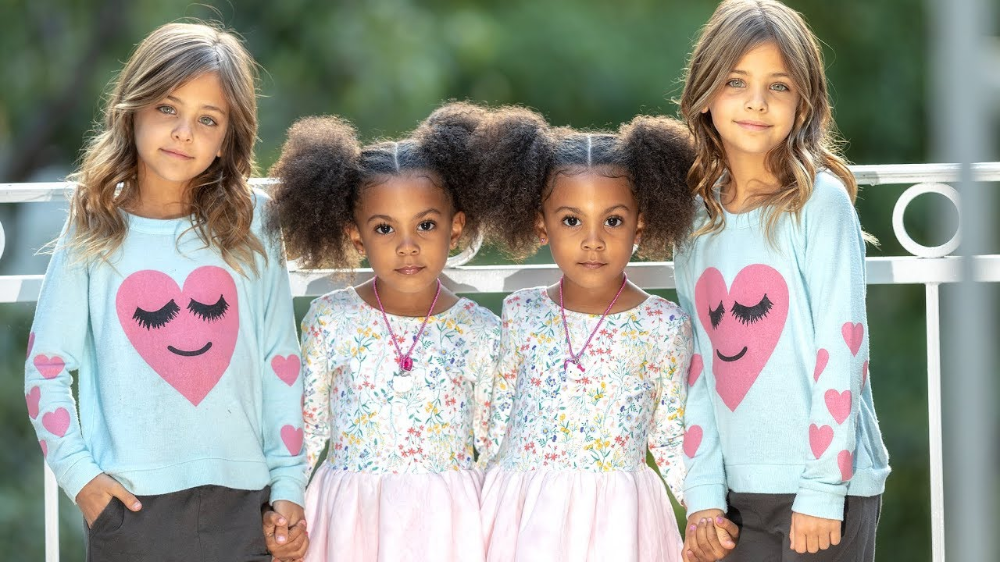
As the twins grew to adulthood, they were obstreperous. They ended up founding Rome with a rag-tag group of guys. Romulus killed his twin Remus. The ancient Romans were proud their founder was suckled by a she-wolf and felt the animal part of him, his daring, fearlessness and fiery temper, was why Romans eventually conquered the whole known world.
The She-Wolf suckling Romulus and Remus—Museum on Capitoline Hill, RomeIn John 11:16 in the New Testament one of the twelve Apostles is called Thomas in English. In Hebrew his name is “Tauma” meaning “twin.” When the New Testament was written in Koine Greek, the Hebrew “Tauma,” meaning “twin” was translated into Greek as “Didumos” that means in Greek “twin.” It would be strange to name a child “Tauma” if he was not a twin.
For thousands of years scholars have been baffled by the question: who was Thomas’ twin? There have been many theories: Thomas’ twin was his Oneness with God; Thomas’ complete name was Judas and Judas (not the Judas who betrayed Christ) was his twin’s name; Thomas was Jesus’ twin brother, an absurd assertion leading to absurd theological conundrums. The long and the short of it is: we have no idea who was Thomas’ twin.
The long and the short of it is: we have no idea who was Thomas’ twin.
In Romans 16:12 Paul in this letter greets “Tryphena and Tryphosa, those women who work hard in the Lord.” Most have assumed these two women were twins who were in Rome and were working “hard in the Lord,” were strong women involved in evangelism and in service to the nascent church in Rome. That is all we know of those two twins.
From Muscio’s treatise on genecologyThere is a curious entanglement of triplets in the womb from a copy of Muscio’s (c. 500 AD) Gynaecia, in the Bibliotheque Royale de Belgique from the 800‘s AD. The triplets appear to be about 12-14 years old and the womb itself appears to have horns.—Sandra Sweeny Silver
CLICK FOR HOME PAGE
First prehistoric twins discovered in Iberian Peninsula -- ScienceDaily
Researchers at the Autonomous University of Barcelona (UAB) have discovered the remains of newborn twin girls in the archaeological site of Olèrdola in Barcelona.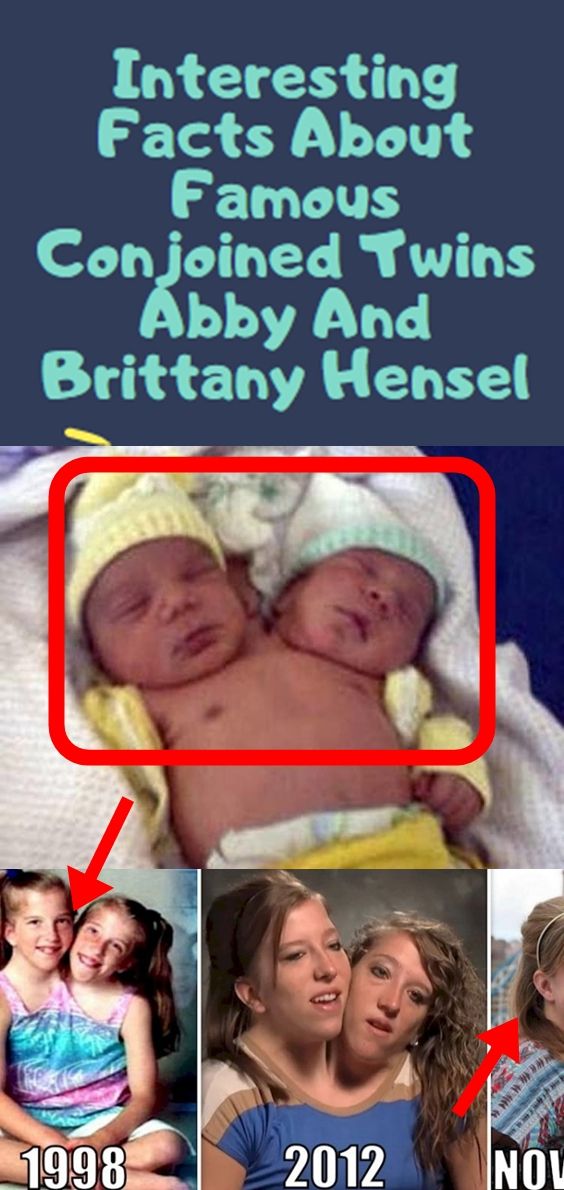 They date back to between the middle of the 4th century B.C. to the beginning of the 2nd century B.C. The findings are the first bone remains of twins to be recorded in the Iberian Peninsula.
They date back to between the middle of the 4th century B.C. to the beginning of the 2nd century B.C. The findings are the first bone remains of twins to be recorded in the Iberian Peninsula.
"This is the first documented case in the Iberian Peninsula. There has been much talk of possible twins but never has sufficient data been gathered in the field to determine whether findings belong to the same chronological moment in time, nor has data ever been found on the same stratigraphic level to guarantee with such certainty like in this instance," as explained by Eulalia Subira, researcher at the UAB and coauthor of the study published in the International Journal of Osteoarchaeology.
The remains were found in the archaeological site of Sant Miquel d'Olèrdola in Catalonia and it is expected that they belong to two girls between 38 and 40 weeks of gestation who were buried at the same time in the same grave with their legs entwined.
According to the study, "none of the bone remains show pathological evidence of the cause of death but it could have been a consequence of difficult pregnancy or childbirth.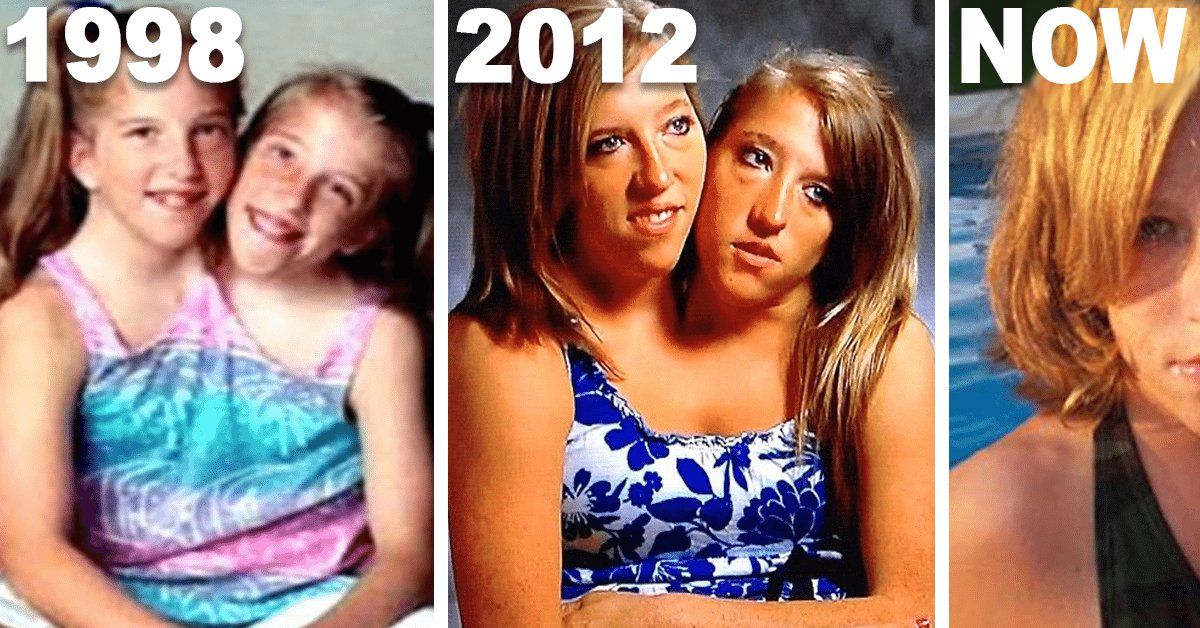 Lack of sufficient hygiene could have lead to infant and maternal mortality in Prehistoric times."
Lack of sufficient hygiene could have lead to infant and maternal mortality in Prehistoric times."
In order to test this finding, scientists used forensic anthropology methods, first determining the age and sex. "The specialist carrying out such assessment was 'blind'. In other words, she was not told at any time that both individuals were found next to each other or that they could be twins."
The age of the twins was estimated by taking the tooth germs, the length of the bones and the state of ossification. In addition, experts used photographs of the site to see whether they had been buried at the same time or not, they spoke with archaeologists, who indicated that the two remains had been found in the same grave, and they studied the planimetries.
Subirà points out that "they also carried out DNA analysis but it was not possible to obtain DNA data on one of the individuals despite repeating sampling taking and analysis."
Children buried near to their mothers
This discovery offers new information to the numerous documented cases of child burials during the Iberian Age, when perinatal children were not buried in cemeteries.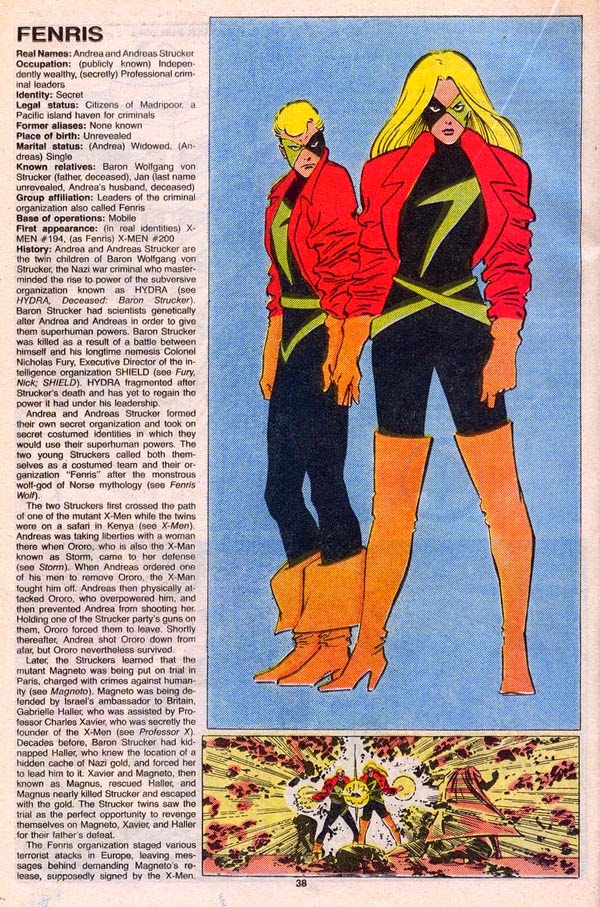
"The Olèrdola archaeological site is itself very interesting. It has always been said that throughout the Iberian Age newly born children were not buried in cemeteries. In this case, they were found in a skin tanning and dying area: in other words, a space dedicated to work," points out Subirà.
For the researcher, finding newly born children buried in a work area could indicate that it was where the mothers used to work. This provides information on society and the attachment relationship that parents had with deceased newly born children.
"Recognition of this type of burial will be of great assistance in the future when it comes to interpreting the socio-cultural impact of the arrival of twins in a pre or proto-historic population, their treatment and their life expectancy. We are currently working in the same archaeological site but on more recent remains," as the researcher concludes.
Story Source:
Materials provided by Plataforma SINC. Note: Content may be edited for style and length.
Note: Content may be edited for style and length.
How did the first Siamese twins live? However, it was the brothers Chang and Eng Bunker who were the first to be well studied by scientists. It was after their history that the expression "Siamese twins" appeared. We tell how the brothers gained unprecedented fame, enjoyed family life and had 21 children.
Ekaterina Nikolaeva Revision
The Bunker brothers became the two most studied human beings of the 19th century.
Brothers of Chinese descent were born in Siam (now Thailand) in 1811. At birth, they were given the names Rong and Ying. The boys had one feature - they were connected by a jumper about 10 cm wide just below the sternum. Each of them had his own fully formed body, for two of them there was only one liver.
Path to Glory
The bridge between the brothers was quite flexible, so the twins could easily walk and even swim. It was during a voyage in 1824 that the Scottish merchant Robert Hunter discovered the children and realized that thanks to them he could get rich. The merchant bought the children from their mother, who had become a widow the day before and needed financial support, for $500. And he gave new names to the boys - Chang and Eng Bunker. nine0003
It was during a voyage in 1824 that the Scottish merchant Robert Hunter discovered the children and realized that thanks to them he could get rich. The merchant bought the children from their mother, who had become a widow the day before and needed financial support, for $500. And he gave new names to the boys - Chang and Eng Bunker. nine0003
First tour
The twins were 17 years old when they arrived in the US, accompanied by Hunter and his buddy Abel Coffin. The doctors examined the boys and established their origin - they were Chinese. Then all the newspapers on the first lines published the news of their arrival and race.
The brothers began touring with "The Freak Show" - an individual concert program, where they were the only artists. Due to the fact that the jumper was flexible, the twins showed what ordinary people could do, and even what they could. For example, they ran, jumped, did somersaults and performed other acrobatic tricks. In addition, the artists turned out to be very smart young people with a good sense of humor. Answering questions from the audience, they not only deftly dodged uncomfortable questions, but also amazed those present with their wit. nine0003
In addition, the artists turned out to be very smart young people with a good sense of humor. Answering questions from the audience, they not only deftly dodged uncomfortable questions, but also amazed those present with their wit. nine0003
Later, the boys got a manager. Their first director, James W. Hale, introduced the brothers as "Siamese youths". The standard price of an entrance ticket then was 25 cents, in terms of the modern exchange rate, this is about 7.5 dollars. Also, before the start of the show, it was possible for the audience to purchase brochures and drawings depicting the brothers.
The other side of the coin
During a speech in Alabama, a surgeon present in the hall wished to carefully examine the brothers, but they refused. The twins' answer made the doctor angry, in a fit of anger he called everyone a bunch of impostors and accused Chang and Eng of lying. nine0003
One day the Bunkers were traveling in England, where they were noticed by a girl, Sophia, who fell in love with both of them at once and demanded that they marry her. The society reacted negatively to this request, since it was considered by the authorities two-courage.
The society reacted negatively to this request, since it was considered by the authorities two-courage.
Over time, the relationship between the boys and the Coffins began to heat up: the artists did not receive a fee for their own performances. Having matured, the 21-year-old Bunkers fled with a loud scandal and began to run a business on their own. From now on, they were called only by their stage name - "Siamese twins". Seven years later, the brothers managed to accumulate a good fortune, and they bought a plot of land in North Carolina, started building a house, farming and gardening, putting their careers on pause. nine0003
Family
During this period, the brothers met sisters Adelaide and Sarah Yeats and fell in love. There is an opinion that both Bunkers chose Sarah, but because of hopelessness, Chang had to marry Adelaide.
The joint wedding took place in 1843 not without scandal: both the parents of the brides and the neighbors were against this union.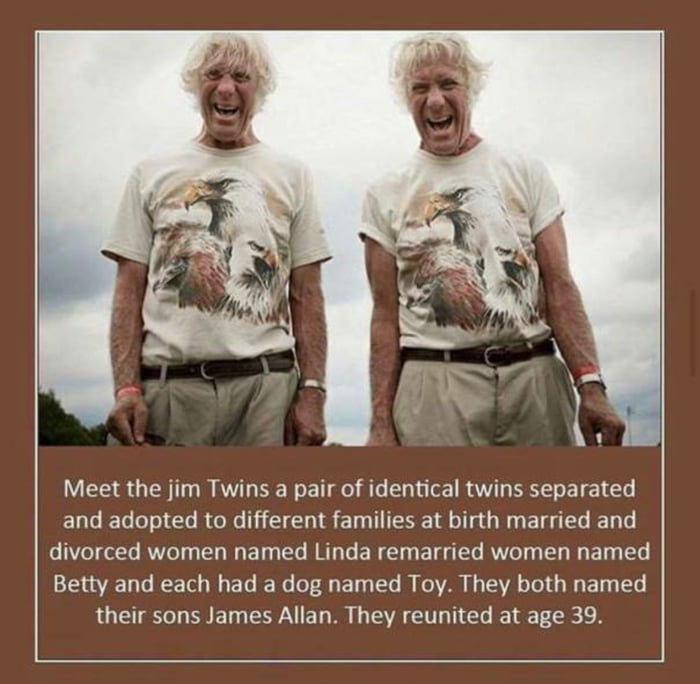
Chang and Eng's first children were born six days apart: Sarah gave birth to Katherine Marcellus on February 10, 1844; Adelaide to Josephine Virginia February 16. In total, Chang and Adelaide had ten children, and Eng and Sarah had eleven; a total of twelve daughters and nine sons for two. Two children were deaf, two died of burns before the age of three, and none of them were born twins. They lived in marriage until the death of their brothers. nine0003
Career Resurgence
By the time the Civil War ended in 1865, the twins' finances were badly damaged and their slaves were freed, so they decided to resume touring. The career did not immediately go uphill, the society did not recover after the war and did not support the performances of the artists. To diversify their performances, the Bunkers took their sons with them.
Chang and Eng wanted to explore Europe, so they toured European countries.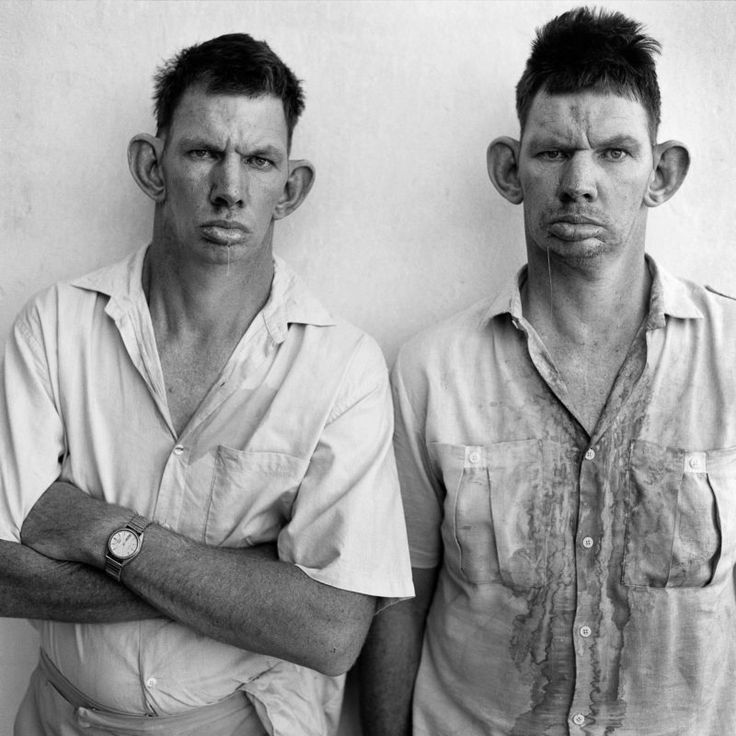 They managed to visit Germany and even Russia. nine0003
They managed to visit Germany and even Russia. nine0003
The last days
While returning home from Russia, Chang suffered a stroke, the right side of his body was paralyzed. Eng was completely healthy, he had to carry the body of his brother, who practically could not move. On this basis, Chang became an inveterate alcoholic and greatly ruined his health. In the winter of 1874, he fell ill with bronchitis, then the doctors advised the twins to sleep on a chair near the fireplace. Eng was physically healthy, but tired from the past week spent with a seriously ill Chang, so he decided to go to bed. In the early morning of January 17, one of Eng's children discovered that his uncle was already dead. nine0003
According to official data, he died due to a detached blood clot. Finding his brother dead, Eng died about two hours after Chang's death. The cause of his death has not been established, but it is believed that it happened from shock. At the time of their death, they were 62 years old.
At the time of their death, they were 62 years old.
Rare semi-identical twins born in Australia
image copyrightQueensland University of Technology
Photo caption,If one egg is fertilized by two sperm cells, a triploid can be formed that has three sets of chromosomes instead of the usual two.
A boy and a girl, born four years ago in Australia, are identical twins on their mother's side. This case is reported in The New England Journal of Medicine.
- Two in one body. The story of Siamese twins
- Medical myths: the ability to roll the tongue into a tube - is it genes?
- In Vietnam, a woman gave birth to twins from different fathers
However, they share only part of their father's DNA, which, from the point of view of genetics, makes them intermediate between monozygotic (identical) and dizygotic (non-identical) twins.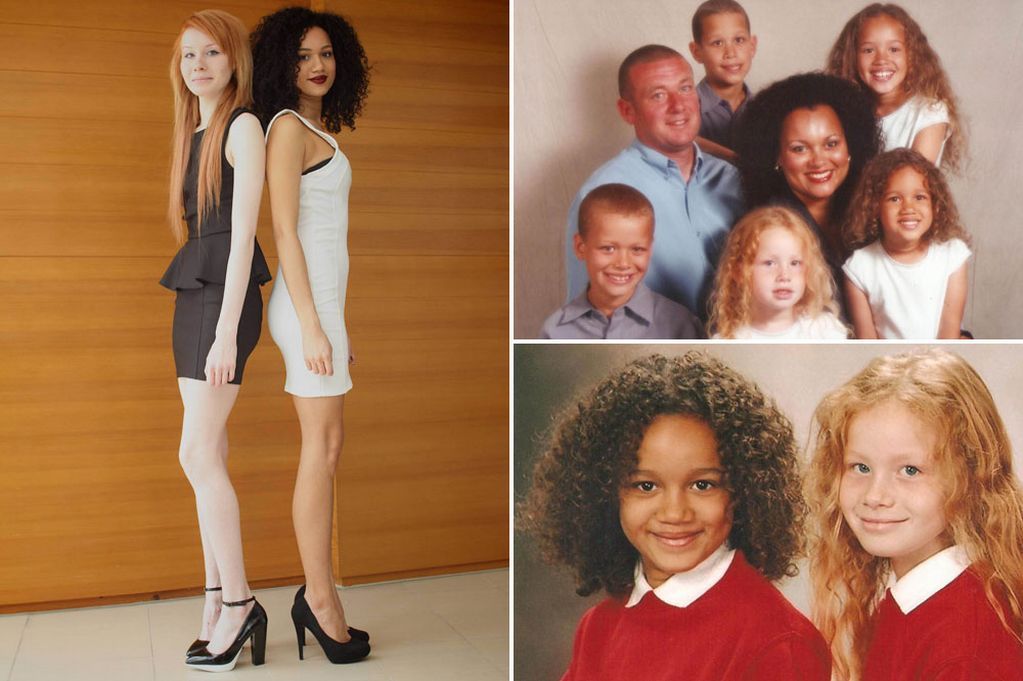
According to experts, this type is extremely rare - usually such embryos do not survive. nine0003
Professor Nicholas Fisk, who led a team that looked after the mother and twins at the Royal Women's Hospital Brisbane in Australia in 2014, said the discovery was made during a routine pregnancy scan.
For the first time such twins were discovered before birth. Their mother, who was 28 years old, had not previously had a pregnancy and conceived naturally.
"An ultrasound of the mother after six weeks of pregnancy showed a single placenta and a characteristic arrangement of the amniotic sacs, which indicated the presence of identical twins," says Professor Fisk. nine0003
"However, an ultrasound performed after 14 weeks of pregnancy revealed that the twins were a boy and a girl, which is impossible with the identity."
How could this happen?
Skip the Podcast and continue reading.
Podcast
What was that?
We quickly, simply and clearly explain what happened, why it's important and what's next.
episodes
The End of the Story Podcast
Monozygotic (also called identical or homozygous) identical twins are formed from one zygote (one egg fertilized by one sperm), divided into two or more parts during the crushing stage. They have the same genotypes. nine0003
Monozygotic identical twins are always of the same sex and have a very large portrait resemblance. Among monozygotic twins, there is often a great similarity in characters, habits, and even biographies.
Heterozygous (non-identical) twins develop when two eggs are fertilized by two sperm. Heterozygous twins have different genotypes. They are no more similar to each other than brothers and sisters, since they have about 50% of identical genes. Interestingly, in rare cases, heterozygous twins can be born from different fathers. Sometimes heterozygous twins share a fused placenta. nine0003
Interestingly, in rare cases, heterozygous twins can be born from different fathers. Sometimes heterozygous twins share a fused placenta. nine0003
In this case of semi-identical twins, the egg was probably fertilized by two sperm at the same time before it split.
If one egg is fertilized by two sperm cells, a triploid is formed instead of the usual diploid, having three sets of chromosomes instead of the usual two - one from the mother and two from the father.
According to scientists, three sets of chromosomes are incompatible with life and such embryos usually die in the early stages of development. nine0003
Semi-identical twins are not named.
Why are twins born?
Image copyright Getty Images
Non-identical twins are more common in families that have had twins before. They appear more often in late-born mothers, since they often have several eggs at the same time during the process of ovulation.


